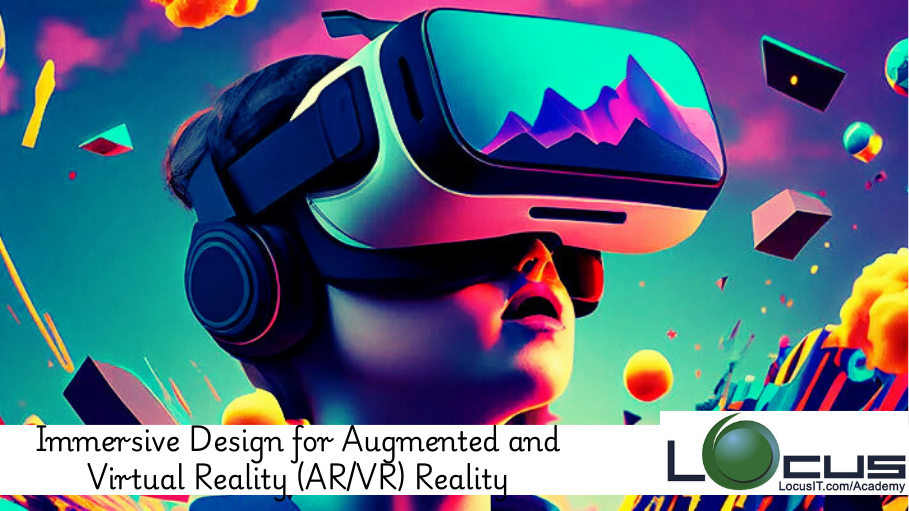Description
Introduction of AR/VR Hardware Software Tools
This training offers an in-depth exploration of augmented reality (AR) and virtual reality (VR) technologies, focusing on the hardware and software tools used to create immersive experiences. Participants will gain hands-on experience with both AR and VR systems, learn to develop applications, and understand the underlying technical frameworks. Whether you’re a beginner or looking to deepen your knowledge, this course provides a solid foundation in AR and VR development.
Prerequisites
- Basic understanding of computer systems and programming.
- Familiarity with 3D modeling software (optional, but recommended).
- No prior AR/VR experience is required.
Table of Contents
1: Introduction to AR & VR
- Overview of AR and VR
- Definition and distinction between AR and VR
- Key applications and industries using AR/VR
- History and Evolution of AR & VR Technologies
- Current Trends in AR/VR
- Hardware & Software Landscape
2: AR/VR Hardware Essentials
- VR Headsets and Devices
- Oculus Rift, HTC Vive, PlayStation VR, Valve Index
- AR Devices
- Microsoft HoloLens, Magic Leap
- Tracking Systems & Input Devices
- Controllers, haptics, motion sensors
- Display Technologies and Resolution Considerations
3: AR/VR Software Development Platforms
- Introduction to AR Development Tools
- ARKit (Apple), ARCore (Google)
- Introduction to VR Development Tools
- Unity 3D, Unreal Engine
- Cross-Platform Development Tools
- Vuforia, WebXR
- Choosing the Right Platform for Your Application
4: Designing for AR and VR
- Best Practices in AR/VR Design
- Immersive user experience design principles
- User Interaction in VR and AR Environments
- Gesture controls, voice commands, and gaze-based interaction
- Spatial Design and 3D Models
- Integrating real-world objects in AR(Ref: Immersive Design for AR/VR Reality)
- Creating believable VR environments
5: Building an AR Application
- Setting Up AR Development Environment
- Installing and configuring ARKit or ARCore
- Basic AR Application Creation
- 3D model placement
- Real-time tracking and object recognition
- Debugging and Testing AR Applications
6: Building a VR Application
- Setting Up a VR Development Environment
- Configuring Unity or Unreal Engine for VR
- Developing a Simple VR Application
- Creating and navigating a virtual space
- Interactivity in VR
- Integrating controllers and input systems
- Debugging and Testing VR Applications
7: Advanced AR/VR Techniques
- Using Artificial Intelligence in AR/VR
- Computer vision for AR
- AI-driven interactions in VR
- Networking and Multiplayer VR Experiences
- Developing social VR experiences
- Syncing virtual spaces for multiple users
- Mixed Reality (MR): Combining AR & VR
- Concepts and case studies
8: Future of AR/VR & Final Project
- Emerging Technologies
- 5G and its impact on AR/VR
- Cloud computing for AR/VR experiences
- Ethical and Security Considerations in AR/VR
- Final Project: Building Your Own AR/VR Experience
- Creating a functional prototype
- Peer review and feedback session
To conclude; this AR/VR Hardware Software Tools structure divides the course into manageable sessions, progressively building up from foundational knowledge to advanced techniques, with hands-on projects for deeper learning.







Reviews
There are no reviews yet.